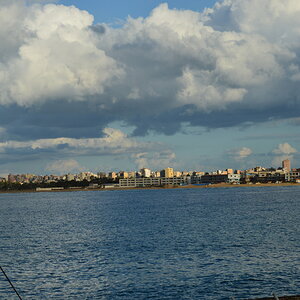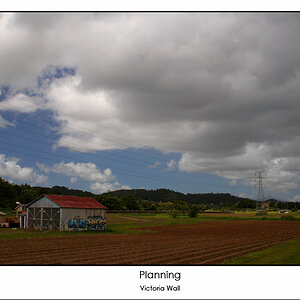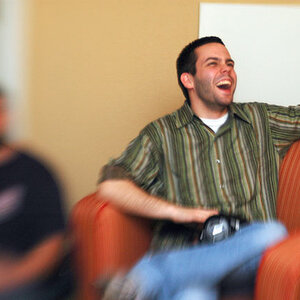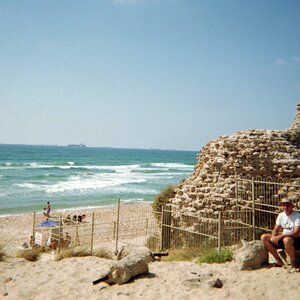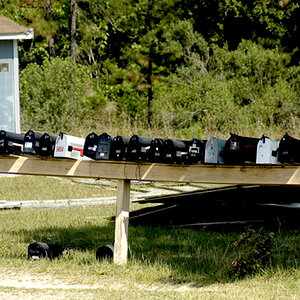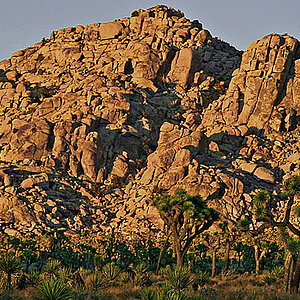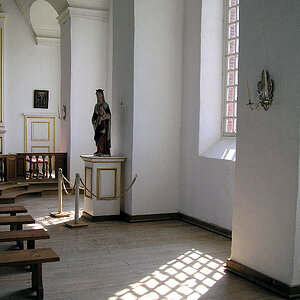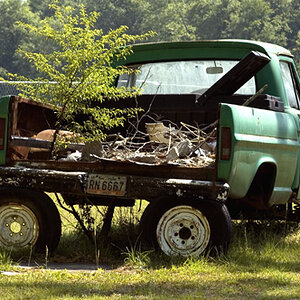PropilotBW
Been spending a lot of time on here!
- Joined
- Feb 7, 2013
- Messages
- 2,009
- Reaction score
- 675
- Location
- Atlanta, GA, USA
- Can others edit my Photos
- Photos OK to edit
I tried a long night exposure tonight. I haven't really done one before...or really given it the "ol college try."
Here's the image I took tonight, but not a very stellar result.
f/9, 30 sec, ISO 400, 10mm. White balance is, or should be....?? I left it in direct sunlight. I wasn't sure, which is probably why the colors look like crap.
Should I increase the ISO? I tried that, the result has a lot of noise.
Here's the image I took tonight, but not a very stellar result.
f/9, 30 sec, ISO 400, 10mm. White balance is, or should be....?? I left it in direct sunlight. I wasn't sure, which is probably why the colors look like crap.
Should I increase the ISO? I tried that, the result has a lot of noise.


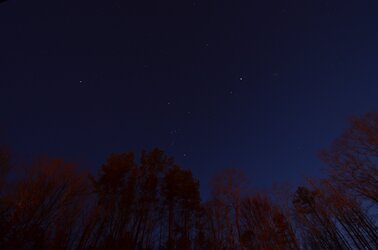
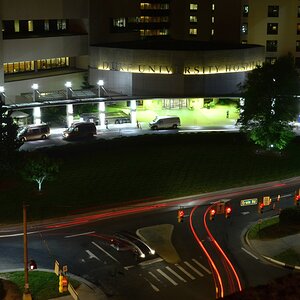
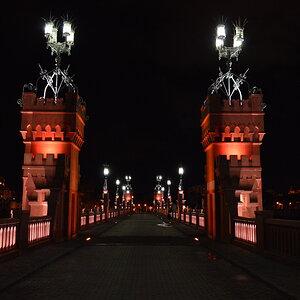
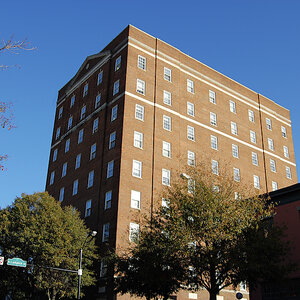
![[No title]](/data/xfmg/thumbnail/31/31757-4f5257d19be4e34c6bdcbd2519380d53.jpg?1619734994)
